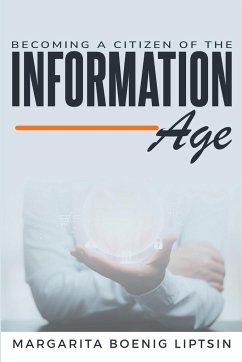In this dissertation I trace the formation of citizens of the information age by comparing visions and practices to make children and the general public computer literate or cultured in the United States, France, and the Soviet Union. Computer literacy and computer culture programs in these three countries began in the early 1970s as efforts to adapt people to life in the information society as it was envisioned by scholars, thinkers, and practitioners in each cultural and sociopolitical context. The dissertation focuses on the ideas and influence of three individuals who played formative roles in propelling computer education initiatives in each country: Seymour Papert in the United States, Jean-Jacques Servan-Schreiber in France, and Andrei Ershov in the Soviet Union. According to these pioneers, to become computer literate or computer cultured meant more than developing computer skills or learning how to passively use the personal computer. Each envisioned a distinctive way of incorporating the machine into the individual human's ways of thinking and being-as a cognitive enhancement in the United States, as a culture in France, and as a partner in the Soviet Union. The resulting human-computer hybrids all demanded what I call a playful relationship to the personal computer, that is, a domain of free and unstructured, exploratory creativity. I trace the realization of these human-computer hybrids from their origins in the visions of a few pioneers to their embedding in particular hardware, software, and educational curricula,







